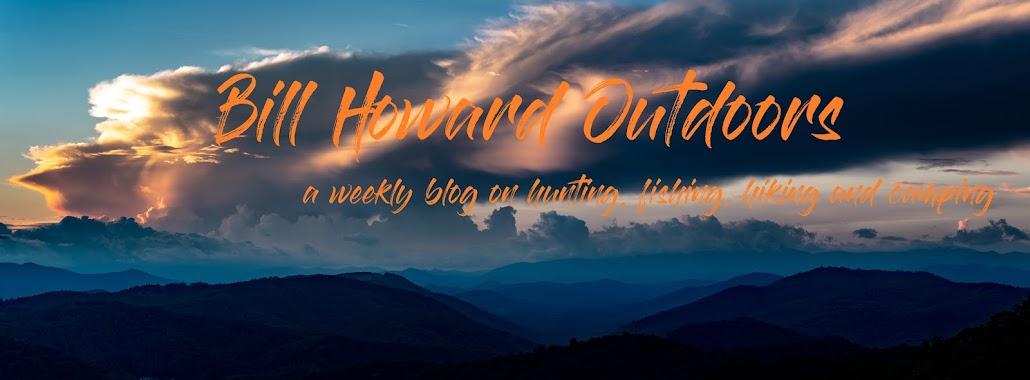I just finished spooling 150 yards of 12 pound test line
onto a reel. That leaves me with one thing to do tomorrow before heading out on
an overnight kayak fishing float.
Last month I was offered an opportunity to go on a weeklong
float and fishing trip that is one of those trips of a lifetime. I guess it is
arguable that any weeklong float and fishing trip would be a trip of a lifetime
since few people get the opportunity to commit that amount of time for a hobby.
This trip was a little more special though, as it would have been through the
Everglades in southern Florida.
A fellow pro-staffer with Johnson Outdoors, makers of Old
Town Kayaks and Canoes, Ocean Kayak, Extrasport, Carlisle, Humminbird, and
MinnKota amongst other brands, sent out an invitation to the rest of us on this
trip. Mike has done this float annually and knows the long paddle well. The
planning was near perfect, as he accounted for tides, times to paddle, times to
fish, and where to set camp each evening.
One of his first questions to those who were interested in
the trip was this, “have you ever done an overnight float trip where you needed
to camp?”
I don’t know if I could think of a better first question to
a group of experienced kayak anglers. You see, just because you can fish from a
floating piece of plastic, doesn’t mean you know what to do on a camping trip
without electricity, without cell phone coverage, and figure out what to take
with you.
As for myself, I have stayed overnight on float trips
before. Not for a week mind you, but for a two or three days float, yes. While
hunting I have stayed on a five nights trip without heading back to the
civilized world. It was possibly one of the most peaceful times I had, up until
the point I was returning home and I had emails and texts hitting me from
during the week about how things had blown up at work. I am not sure what is
more stressful, having to deal with complete chaos at work, or having to deal
with complete chaos at work a week after it occurred. I don’t have to deal with
those scenerios any longer, thank goodness.
So, what do you need for a trip such as this, or even a two
day overnight trip? Well, you start with the basics; food, water and shelter.
Easy enough, right?
You also need the gear appropriate for the why you are taking
the trip. I am going fishing, so I need my rods and reels and tackle boxes. I
also need my safety equipment such as my life vest (pfd). Of course I need a
paddle.
And here is where the thought comes in. A float pan is
essential, just as the one given to those of us for the Everglades trip. If you
do not return in time, or if you are not at the designated pickup area when you
are supposed to be, they need to know how to find you. Different mapping
websites such as Google and Yahoo maps makes it easy to measure distances and
mark where your intended stops are located.
A kayak, or canoe if that is your means of travel, has a
weight limit, not to mention limited space. Either requires a way to keep you
gear dry. You do not want to try and sleep in a wet sleeping bag or soaked tent
if the kayak or canoe turtles (flips). A secondary set of clothing in the dry
bag gives you a change in case of such an event also.
And yes, this does happen. It happened to me on the Neuse a
couple of years ago and even though the daytime was mid 70’s, I wondered if I
was going to make it through the night without suffering from hypothermia when
the temps dipped below 50 and found out my bag, tent, cover, and clothing had
all gotten wet.
I will share how this trip goes in the next column. Let’s
hope it is memorable due to the fun and excitement of both exploring the river
and catching fish rather than other reasons.


